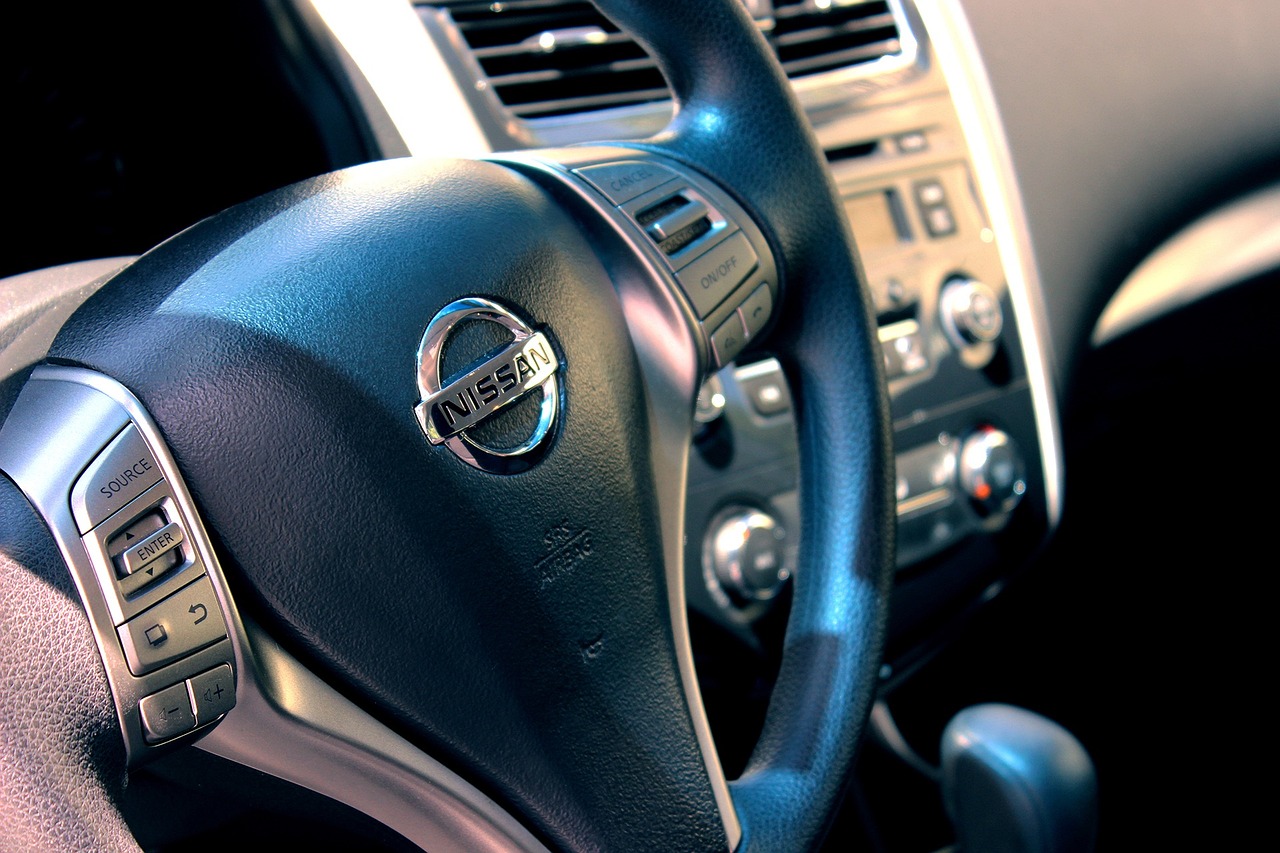Steering is one of the most subtle yet important car driving parts. With a decent steering system, driving would be much easier. Likewise, suspension parts like shocks and struts also play a significant role in your car’s performance and comfort. Brakes are another part of driving that many people never think about, yet you’re probably using them every time you want to slow down. If you think about it like an air brake system, a set of brakes will only work when more than one is applied, and how they interact with a suspension and wheels can dramatically affect how the car drives.
The Science Behind Car Steering and Suspension Parts

Transmission is another part often overlooked by the general public but can make a big difference in how a car handles it. Just like with manual and electric gearboxes, how gear ratios match engine size and power will dramatically affect how the car performs. Transmission dynamics have recently gotten more attention as gear ratios have changed.
Cooling can be an essential focus point for choosing how to customize a car. Getting suitable cooling components can help your engine last long, but too much of a good thing can contribute to overheating and eventual failure. Interior and exterior styling are challenging to quantify and make a difference. Still, the performance of your car can be changed dramatically by things like the aerodynamics of a body or the placement of seats and pedals. Interior lighting can affect the way a driver feels about driving.
The force a driver needs to apply can vary depending on many factors, such as tire size, suspension spring rate, etc. Understanding these factors will help you choose a car more suited to your needs.
The tires allow us to control our path because they grip the road.
Oil is one of the most important commodities that can be put into a car, but it is something that only some people consider.
An oil change might be a fairly obvious task for some owners, but for others, it’s something that they might just let slide. Because of this, you’ll want to ensure you’re getting the correct type of oil.
Monitoring your fuel economy can save money and decrease wear and tear on your vehicle. Plan, and you can avoid unnecessary repairs and maintenance.
The alternator is the device on a car that charges the battery. An alternator is usually driven by belts and pulleys from the crankshaft or sometimes by another source, such as a turbine. The device produces alternating currents, changing back and forth from positive to negative over time. Cars have different charging systems to balance power output with battery size and other factors.
Exhaust Systems can come in many shapes and sizes, but the goal is always to flow the air from it efficiently. Exhausts can be removed and replaced on cars, affecting a car’s performance in many ways. From a street-legal perspective, varying amounts of exhaust can give the driver a sense of how the car will sound.
Spark plugs create sparks to ignite the air/fuel mixture.
The same applies to any electric power source, such as a generator or a solar panel; spark plugs create alternating currents.
A car has a radiator to help cool it. They are usually filled with fluid that cycles through the radiator to be cooled by air passing outside or forced through with fans. The temperature of the coolant is what is being monitored for overheating. A clutch is a device that allows you to disengage a transmission, allowing the car to be put into neutral. The clutch may or may not be integrated with the brake system, but it is a part that should be taken care of.
Drive belt
It is driven by the pulleys attached to the crankshaft. The drive belt goes through all the major moving parts of the car, including the radiator, alternator, and other electrical components. The purpose of a drive belt is to help evenly distribute drag created by these devices, so they are not all working harder than others that don’t need as much power.
Brake pads slow the car down by applying friction against the tires. Brake rotors slow the car by spinning the car’s rotational motion, which is then transferred through a set of brake pads to the road. Air filters are used to remove dirt and dust from the airflow. The air filter should be cleaned regularly to remove any fine particles hindering an engine’s performance.
Wheel bearings are a system placed between a wheel and an axle, usually on the inside for axles and the outside for wheels. These bearings allow the wheel to spin freely and make driving more comfortable. The wheel bearings are held in place by an outer ring called the retainer.



